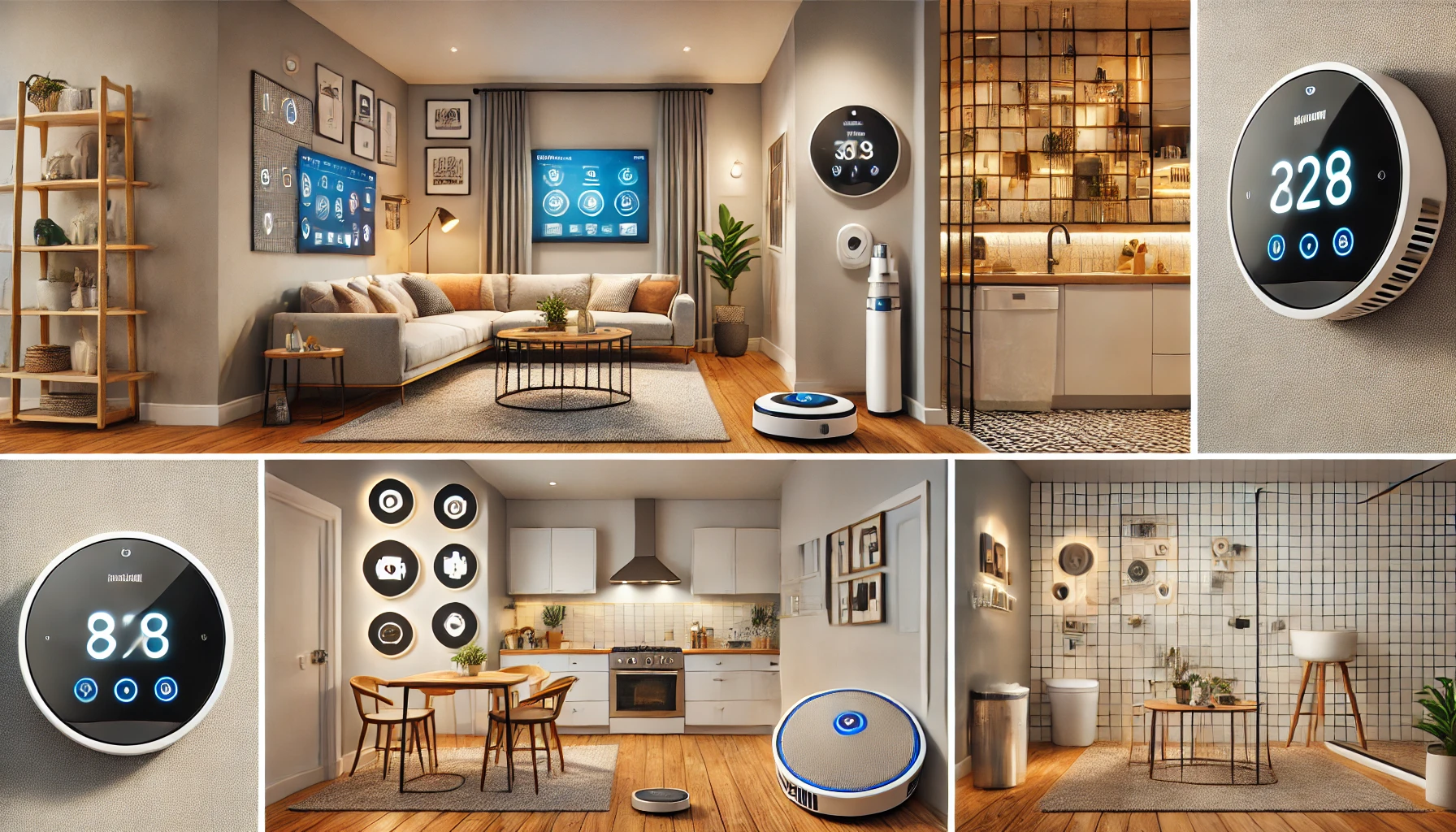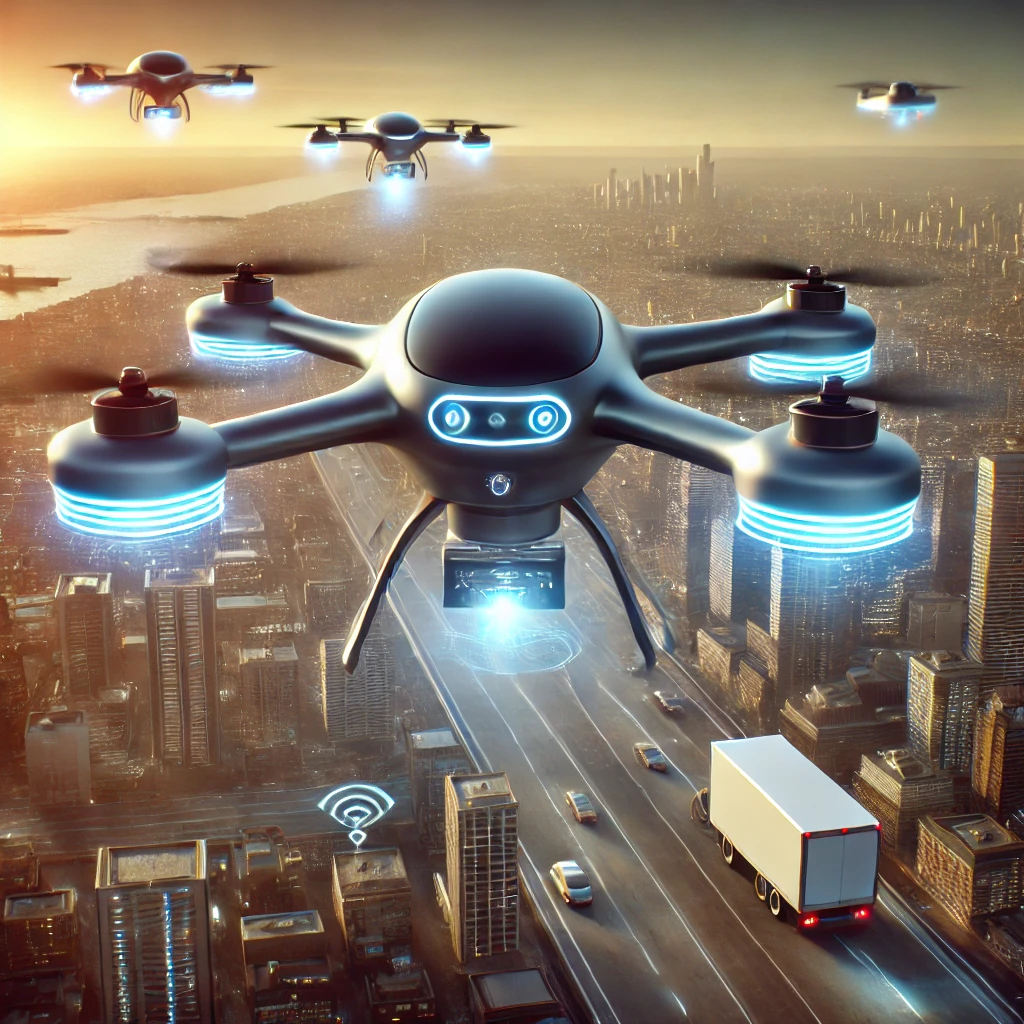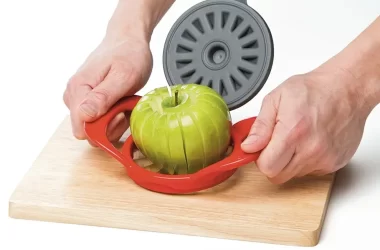Table of Contents Show
Advancements in technology are making it easier than ever to enhance the quality of life at home. Whether it’s about increasing convenience, improving safety, or promoting wellness, the right gadgets and systems can transform your living space into a smart, efficient, and comfortable haven. Here are 10 essential quality-of-life technologies that you might consider integrating into your home.
1. Smart Thermostats
Smart thermostats, such as the Nest or Ecobee, are designed to simplify and optimize temperature control in your home. These devices learn your daily habits, such as when you’re home, asleep, or away, and adjust the temperature accordingly to ensure maximum comfort while minimizing energy waste. You can control them remotely through smartphone apps, allowing you to make adjustments even when you’re not at home. Many models also provide insights into your energy usage, helping you understand how to save on heating and cooling costs. With geofencing technology, some smart thermostats detect when you’ve left the house and automatically switch to energy-saving mode. They can also integrate with other smart home devices and voice assistants, enabling hands-free control. Over time, these thermostats not only pay for themselves through energy savings but also contribute to a greener, more sustainable home environment.
2. Robot Vacuums
Robot vacuums, such as the iRobot Roomba or Roborock models, have revolutionized home cleaning. These devices autonomously clean your floors, navigating around furniture, obstacles, and even under hard-to-reach areas like couches and beds. Advanced models come equipped with mapping technology, which allows them to create a detailed layout of your home, ensuring no spot is left untouched. Some can be programmed to clean specific rooms or zones, and you can even schedule cleaning sessions through a smartphone app. Additionally, many robot vacuums include sensors that detect dirtier areas, focusing extra attention on those spots. Higher-end models offer mopping functions, making them an all-in-one cleaning solution. They are particularly useful for homes with pets, as they can effectively pick up hair and dander. The convenience of robot vacuums lies in their ability to work independently, returning to their docking station to recharge when needed. With regular use, these devices free up significant time and energy that would otherwise be spent on manual cleaning.
3. Home Security Systems
Modern home security systems provide a comprehensive approach to safeguarding your property and loved ones. Companies like Ring and SimpliSafe offer smart cameras, motion detectors, and door/window sensors that can be monitored remotely via smartphone apps. These systems send real-time alerts if any unusual activity is detected, allowing you to respond promptly. Some models also include two-way audio, enabling you to communicate with visitors or deter potential intruders. Advanced systems integrate with other smart home devices, such as lighting and door locks, for enhanced security. For example, motion-activated lights can turn on automatically when movement is detected, while smart locks allow you to lock or unlock doors remotely. Many security systems also feature cloud storage for video footage, ensuring you have a record of any incidents. With subscription plans, you can access professional monitoring services for added peace of mind. Home security systems are an invaluable investment, offering protection, convenience, and control at your fingertips.
4. Smart Lighting
Smart lighting systems, such as Philips Hue or LIFX, bring a new level of customization and convenience to your home’s lighting. These systems allow you to control the brightness, color, and scheduling of your lights through a smartphone app or voice commands. For instance, you can set your lights to gradually brighten in the morning to simulate a sunrise or dim them in the evening for a relaxing ambiance. Many smart bulbs offer millions of color options, enabling you to match the lighting to your mood or the occasion. Integration with voice assistants like Alexa, Google Assistant, or Siri makes controlling your lights effortless. You can also program lights to turn on or off automatically when you enter or leave a room using motion sensors or geofencing. Smart lighting systems are energy-efficient, with LED bulbs that consume significantly less power than traditional ones. They also enhance home security by creating the illusion of occupancy when you’re away, deterring potential intruders.
5. Voice-Activated Assistants
Voice-activated assistants like Amazon Echo (Alexa), Google Nest Hub (Google Assistant), or Apple’s HomePod (Siri) are the central hubs of a smart home. These devices can control other smart gadgets, play music, provide weather updates, create shopping lists, and answer a wide range of questions – all through simple voice commands. They also integrate seamlessly with a variety of smart home devices, from lights and thermostats to security systems, allowing you to manage everything with ease. For example, you can say, “Alexa, turn off the living room lights,” or “Hey Google, set the thermostat to 22 degrees.” Many models feature screens for additional functionality, such as video calls, recipe guidance, or streaming content. These assistants continually evolve through software updates, adding new features and improving user experience. They are especially beneficial for individuals with mobility issues, providing hands-free control over various household functions. By streamlining daily tasks, voice-activated assistants save time and make home life more convenient.
6. Air Purifiers
Air purifiers are essential for maintaining healthy indoor air quality, especially for those with allergies or respiratory issues. Devices like Dyson or Blueair models use advanced HEPA filters to capture airborne particles, including dust, pollen, pet dander, and even certain bacteria and viruses. Some air purifiers also feature activated carbon filters to remove odors, smoke, and harmful chemicals from the air. Smart air purifiers can monitor air quality in real-time, displaying data on a smartphone app and adjusting settings automatically to maintain optimal conditions. Many models operate quietly, making them suitable for bedrooms or offices. Some even include additional features like humidifiers or ionizers for enhanced air quality management. By reducing airborne contaminants, air purifiers contribute to a healthier living environment, improving sleep quality and overall well-being. They are particularly valuable in urban areas with higher levels of pollution or during allergy seasons when indoor air quality tends to deteriorate.
7. Smart Plugs
Smart plugs, such as those from TP-Link’s Kasa or Wemo, are a simple yet powerful way to upgrade your home’s technology. These devices connect to your Wi-Fi network, allowing you to control any plugged-in appliance or device remotely via a smartphone app. For example, you can turn on a coffee maker from your bed or schedule a fan to run only during certain hours. Smart plugs also enable energy monitoring, helping you identify power-hungry devices and reduce electricity costs. Some models are compatible with voice assistants, allowing you to control them with simple commands like “Alexa, turn off the lamp.” They can also integrate into broader smart home ecosystems, working alongside other gadgets for automated routines. For instance, you can create a scene where your lights, TV, and heating turn on together when you arrive home. Easy to install and use, smart plugs are an affordable entry point into the world of smart home technology.
8. Home Water Filtration Systems
Home water filtration systems ensure that your family has access to clean and safe drinking water. Advanced models like Brita or AquaTru use multi-stage filtration processes to remove contaminants such as chlorine, lead, and bacteria. Some systems are installed directly into your plumbing, providing purified water on demand at your sink or refrigerator. Others are portable countertop units that are easy to set up and maintain. Smart water filtration systems often include indicators to alert you when it’s time to replace filters, ensuring optimal performance. By eliminating the need for bottled water, these systems are not only cost-effective but also environmentally friendly. They are particularly beneficial in areas with hard water or concerns about local water quality. Clean water is essential for hydration, cooking, and even skin care, making water filtration systems a vital addition to any home focused on health and sustainability.
9. Smart Showers
Smart showers, such as those from Kohler or Moen, bring luxury and convenience to your bathroom. These systems allow you to customize water temperature, pressure, and even spray patterns to suit your preferences. You can save individual settings for different family members, ensuring a personalized experience every time. Many smart showers can be controlled via smartphone apps or voice assistants, enabling you to start the water and have it ready at the perfect temperature before you step in. Some models also feature water usage tracking, helping you conserve water and reduce utility bills. With additional options like LED lighting and music integration, smart showers can turn a routine task into a spa-like experience. They are easy to install in most modern bathrooms and are a great way to upgrade your home’s functionality and aesthetic appeal.
10. Health Monitoring Gadgets
Health monitoring gadgets are becoming increasingly popular as people prioritize wellness and fitness. Devices like the Oura Ring, Fitbit, or Withings smart scales provide detailed insights into your health metrics, such as sleep quality, heart rate, and body composition. These gadgets sync with smartphone apps to display data trends over time, helping you track progress and set achievable goals. For example, a smart scale can measure weight, muscle mass, and even bone density, while a sleep tracker can analyze your sleep cycles to recommend improvements. Some health gadgets also offer features like guided breathing exercises or activity reminders to promote overall well-being. They are particularly useful for individuals managing chronic conditions, as they provide actionable data to share with healthcare providers. By integrating these devices into your daily routine, you can take a proactive approach to maintaining and improving your health.
Conclusion
Integrating these technologies into your home can dramatically improve your daily life. They not only add convenience and efficiency but also promote safety, wellness, and sustainability. Whether you start small with smart plugs or go big with a fully connected smart home ecosystem, the potential to enhance your quality of life is endless.
For more information on the latest in smart home technology, check out TechRadar or Wired.









